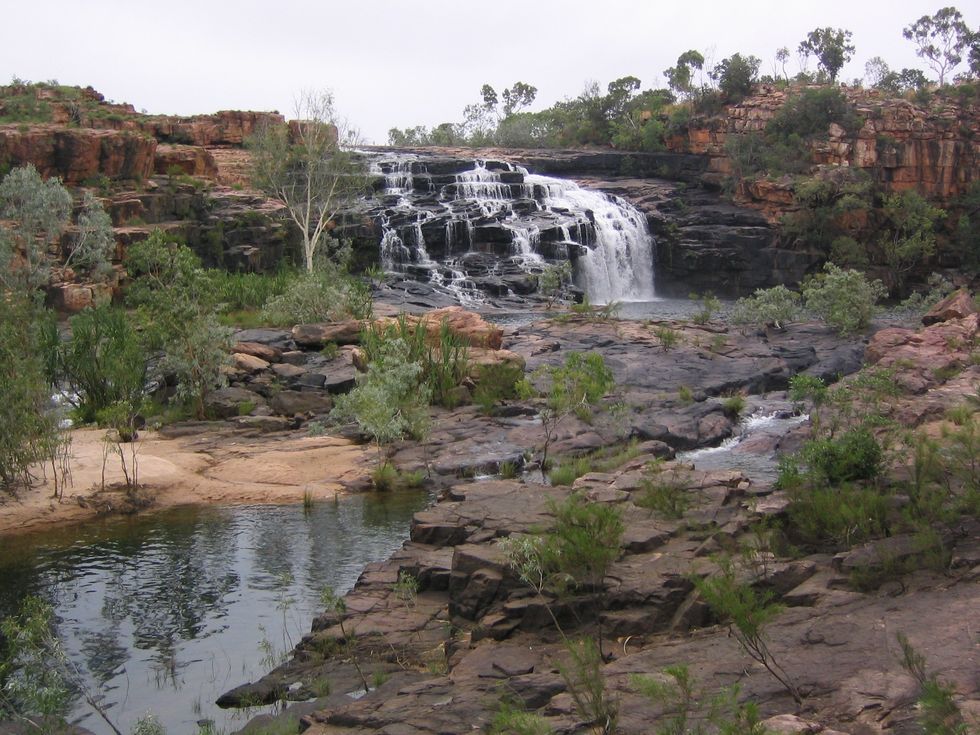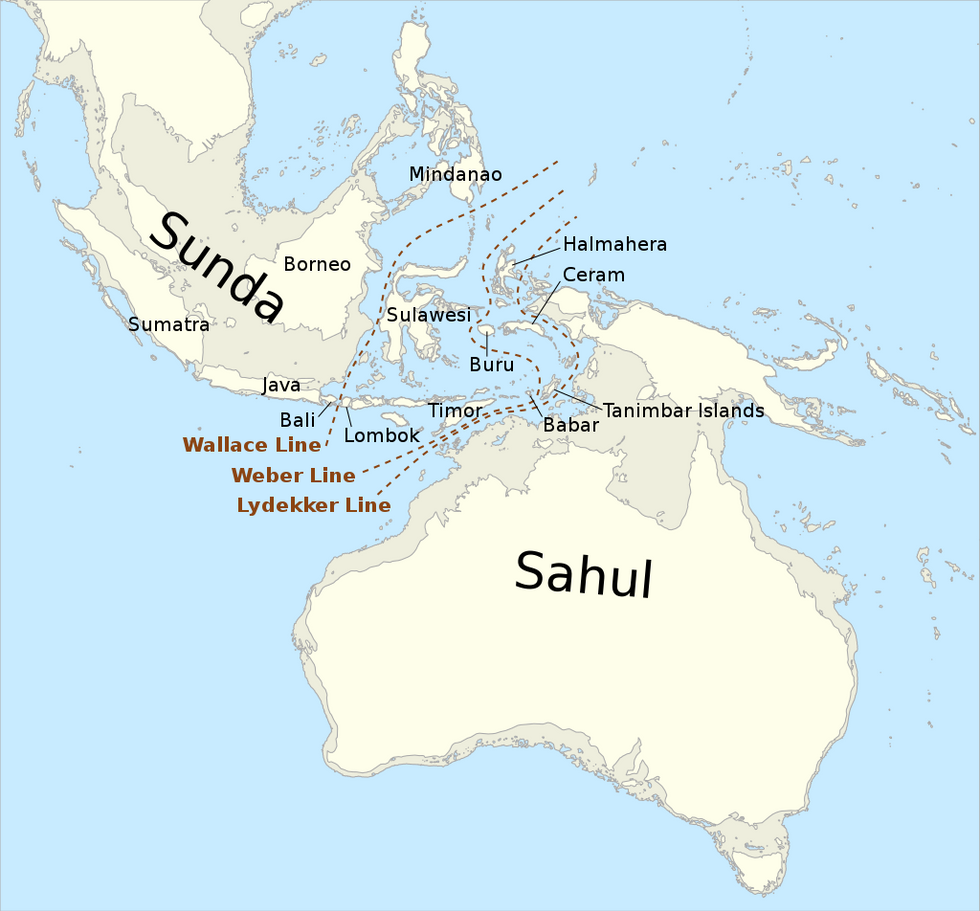The continent was discovered off the northern coast of Australia
Wikimedia Commons/Getty
The landmass was the home to 500,000 people nearly 70,000 years ago
Don't Miss
Most Read
Trending on GB News
A long lost continent that was nearly twice the size of the UK has been discovered off the coast of Australia.
Scientists have found evidence of the landmass off the northern coast of Australia that was home to 500,000 people around 70,000 years ago.
It's known as the North West Shelf and contained archipelago, lakes, rivers and a large inland sea.
Kasih Norman from Griffith University in Queensland was the archaeologist who led the study.

The people living on the North West Shelf started moving further inland onto the Australian mainland following the submerging of the land
Wikimedia Commons
He said: "We reveal details of the complex landscape that existed on the North West Shelf of Australia.
"It was unlike any landscape found on our continent today."
It was a "vast, habitable realm" and a "single cultural zone" with similarities in ground stone-axe technology, styles of rock art and languages.
A huge supercontinent called Sahul connected the Australian mainland with New Guinea and Tasmania, as well as including the North West Shelf.
LATEST DEVELOPMENTS:

A huge supercontinent called Sahul connected the Australian mainland with New Guinea and Tasmania, as well as including the North West Shelf
Wikipedia
When the last ice age came to an end around 18,000 years ago, sea levels rose as a result.
That led to huge areas of the world drowning, including parts of Sahul.
Australia split with both New Guinea and Tasmania, while the North West Shelf was completely submerged, now found 300ft underwater in the Timor Sea.
The humans living there at the time would have witnessed the "encroaching coastline" and retreated further into the Australian mainland that remained above water.
That resulted in an increase in populations in the Kimberley and Arnhem regions of northern Australia, with new rock art styles providing evidence of said migration.
The study added: "Our ecological modelling reveals the now-drowned North West Shelf could have supported between 50,000 and 500,000 people at various times over the last 65,000 years.
"The population would have peaked at the height of the last ice age about 20,000 years ago, when the entire shelf was dry land.
"Many large islands off Australia's coast – islands that once formed part of the continental shelves – show signs of occupation before sea levels rose."








